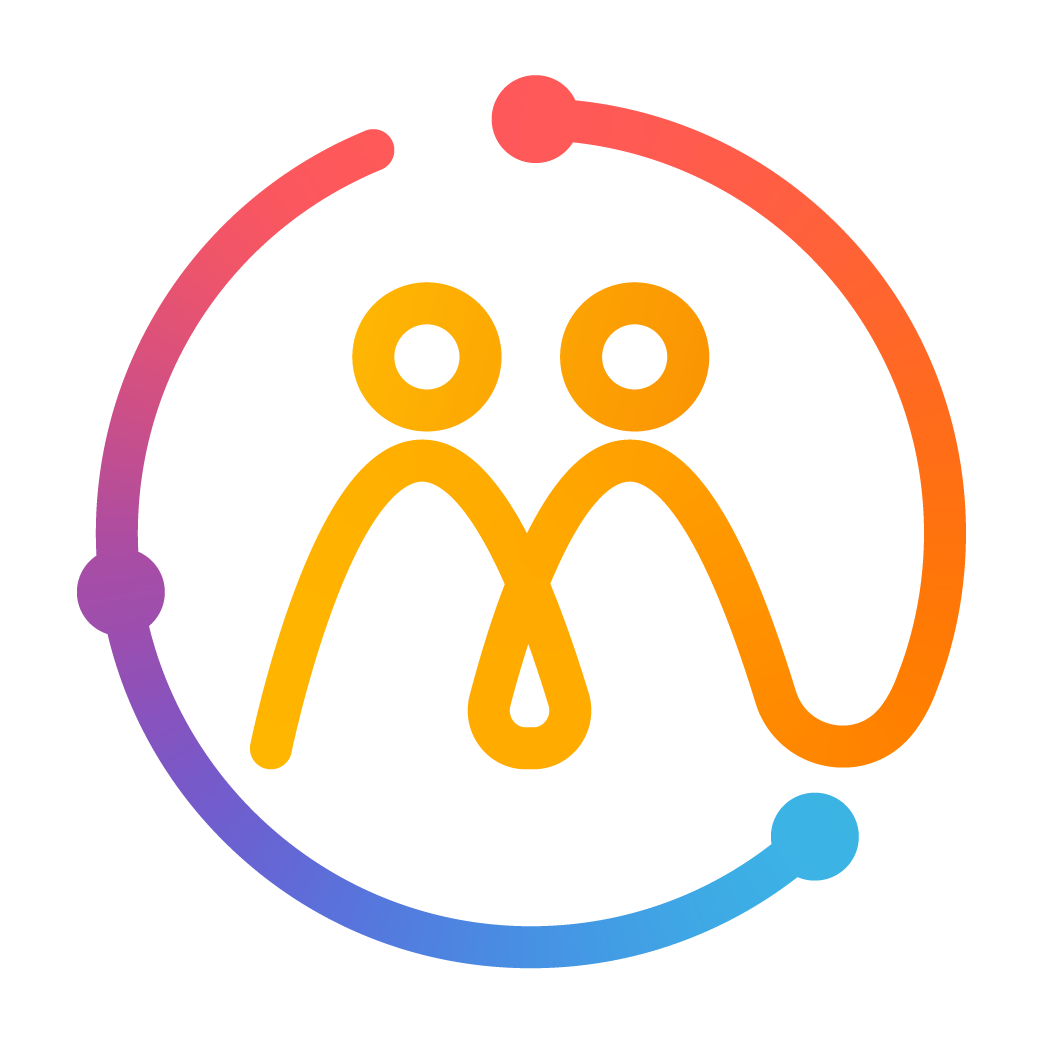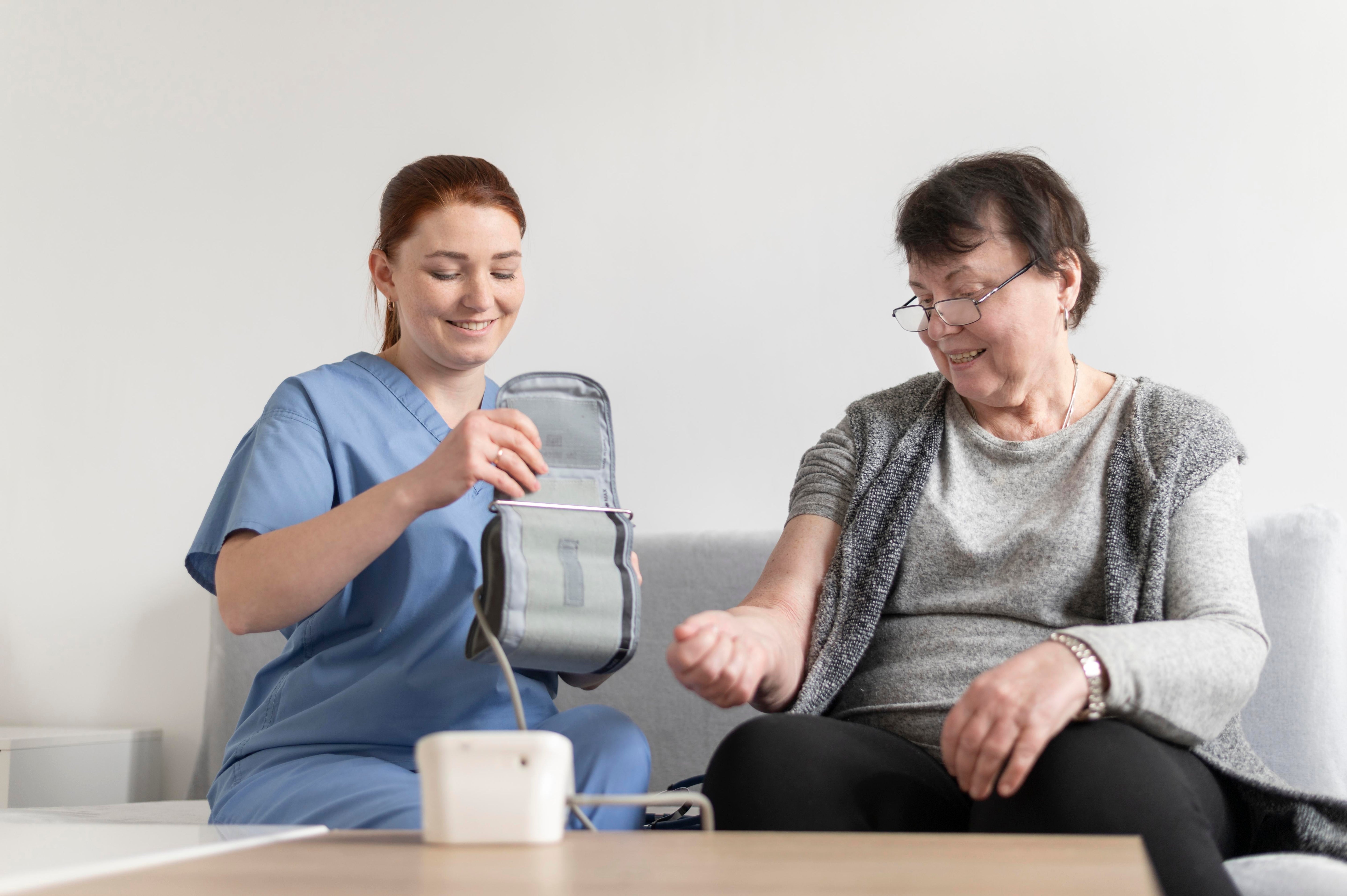At Idem, we believe everyone deserves to live safely and independently in their own homes for as long as possible. Occupational therapists (OTs) are essential partners in making that happen, especially for people living with memory changes or other cognitive challenges.
What Is Assistive Technology for Cognition (ATC)?
Assistive Technology for Cognition (ATC) refers to tools, physical, digital, or mixed, that support thinking processes: memory, attention, planning, organization, and so on. For example:
-
A smart pill dispenser that reminds a person to take the right medicine at the right time
-
Calendaring apps or voice-activated reminders
-
Visual scheduling boards
-
Prompting devices or tools that guide task sequences (like step prompts for multi-step tasks)
These are not just gadgets; when chosen well, they become integrated supports that reduce stress, errors, and risk in daily life.
How OTs Decide What Works — More Than One Size Fits All
OTs go through a careful, person-centered process. Here are some of the deeper considerations and strategies (with examples) often used:
1. Client Factors (Abilities, Preferences, Learning Style)
-
Learning ability & comfort with technology: If someone has limited experience with smartphones or tablets, a simpler, dedicated device (e.g. a reminder clock or voice prompt) might be more appropriate than a full-featured app.
-
Sensory or physical issues: Poor vision, tremor, or arthritis may necessitate large buttons, high-contrast displays, or tactile cues.
-
Motivation & habits: An OT might ask, “What is the one task you want to get back?” and start by targeting that, so the user feels early wins.
2. Task Specifics — What Life Needs to Happen
OTs look at daily routines and identify pinpoint challenges. Some common task areas:
-
Medication management — forgetting doses, mixing them up
-
Appointments & scheduling — missing or double-booking events
-
Meal planning & preparation — forgetting steps or ingredients
-
Finances & bill paying — forgetting due dates or amounts
For example, an OT might suggest a smart pill box with alarms and locks for someone whose biggest risk is missing dosages. Or for someone who can’t reliably read small print, a tablet app with voice cues and large icons may help with managing appointments.
3. Contextual & Environmental Factors
-
Financial constraints & insurance: an OT often needs to balance ideal solutions with what is affordable or reimbursable.
-
Caregiver involvement: Is there someone who can help set up, monitor, or provide reminders?
-
Home environment: Is WiFi reliable? Are there many distractions or noise? Does the person already use certain devices?
-
Support ecosystem & follow-up: Will there be someone available to troubleshoot and adapt in the future?
So, an OT might avoid recommending a device that requires a strong internet connection if the person’s home is in a “dead zone,” and instead choose something more self-contained.
How OTs Support Integration (Not Just Prescription)
Getting a device is only Step 1. The real challenge is making it part of everyday life. OTs use several strategies:
-
Cognitive rehabilitation techniques: breaking tasks into smaller steps, practicing with cues, gradually fading supports
-
Simulations & in-context practice: rehearsing how to use the device in the actual environment (kitchen, bedroom, etc.)
-
Errorless learning: designing practice so mistakes are minimized (e.g. guided prompts)
-
Caregiver collaboration & coaching: including caregivers in training, making support roles clear, and teaching how to troubleshoot
-
Ongoing adjustment & follow-up: monitoring how usage evolves, collecting feedback, and adapting settings or tools over time
Implications: Why Understanding OT Decision-making Matters
When we, as caregivers, designers, or tech innovators, understand how OTs choose and apply ATCs, we can:
-
Create more user-friendly, adaptable devices
-
Align support options with real-world needs (not just specs)
-
Facilitate smoother OT–tech collaborations
-
Support policies or reimbursement strategies that reflect real cost vs. benefit trade-offs
-
Ultimately, help older adults age in place more safely and confidently
Findings & Take-home Messages
From the study we referenced in Canadian Journal of Occupational Therapy, OTs’ recommendations for ATC are influenced by:
-
Client factors (learning ability, preferences, cognitive profile)
-
Specific tasks (medication, scheduling, daily routines)
-
Contextual elements (finances, caregiver support, home setting)
They employ cognitive rehabilitation, practice simulations, and collaboration with caregivers to embed the tools meaningfully. Understanding these mechanisms helps us optimize assistive technology’s role in geriatric care, promoting safer, more independent living for older adults.
Conclusion
OTs are not just “device prescribers”: they are bridge builders between the person, their world, and technology. By taking into account who someone is, what they need to do, and where they live, they tailor solutions that work, not just on paper but in everyday life. When caregivers, designers, and therapists share a deeper understanding of this process, we unlock more potential for technology to truly help people remain safe, independent, engaged, and at home.
At Idem, we design our tools with that same philosophy: intentionally, humanely, and always in partnership with the people we aim to serve and those supporting them.




Share:
Daily Routines That Reduce Stress for You and Your Loved One
Halloween & Dementia: Tips for a Safer, More Enjoyable Evening